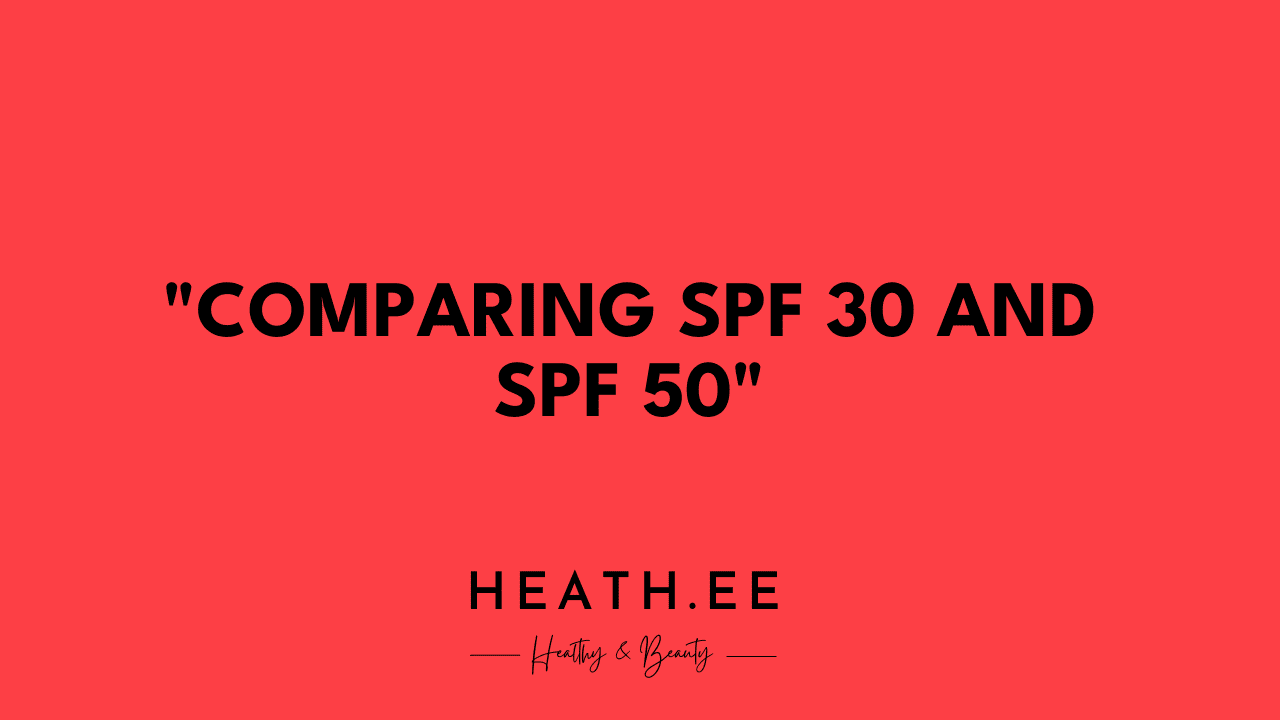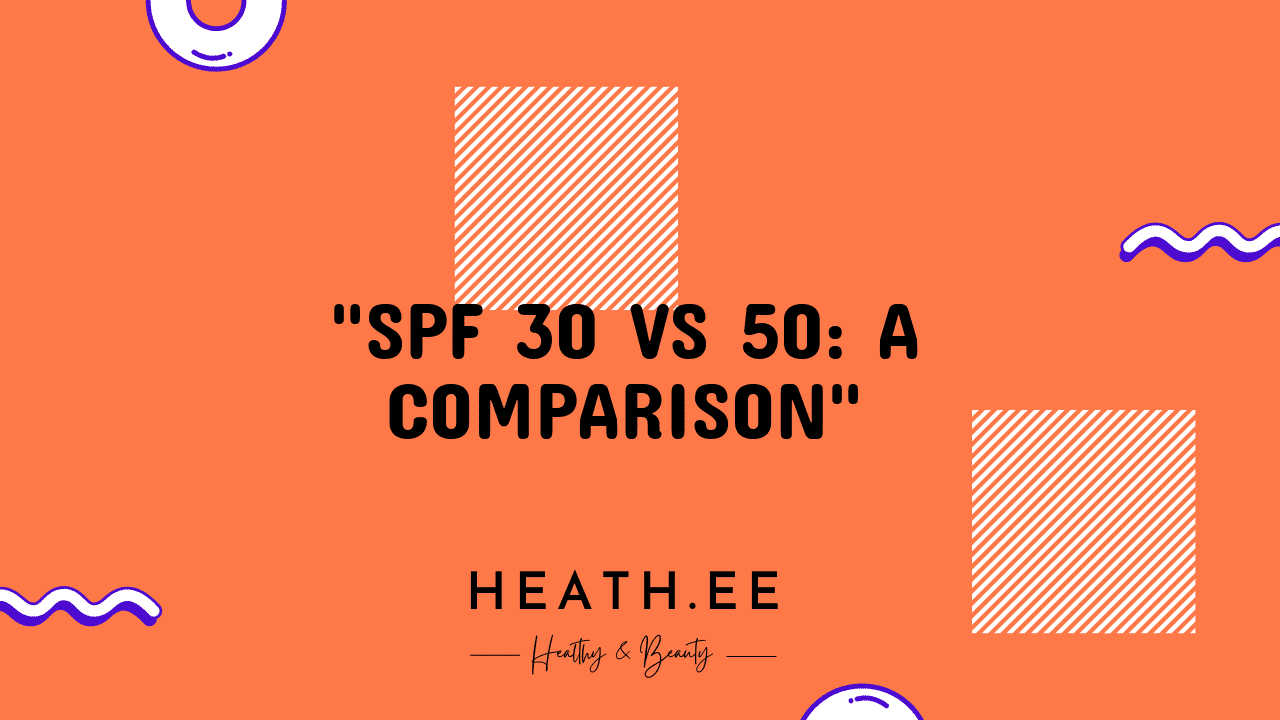When it comes to sun protection, there can be a lot of confusion about which SPF rating is best for your skin. SPF 30 and SPF 50 are the two most common ratings, but what exactly do they mean and which one should you use? In this guide, we’ll explain the differences between SPF 30 and SPF 50, so you can make an informed decision about which one is best for you.
What Does SPF Stand For?
SPF stands for “sun protection factor” and is a measure of how well a sunscreen product can protect your skin from the sun’s ultraviolet (UV) rays. The higher the SPF, the better the protection. SPF ratings range from 2 to 50+ and indicate the amount of UV radiation exposure that is required to cause sunburn on protected skin relative to the amount of UV radiation exposure that would cause sunburn on unprotected skin.

What Is the Difference Between SPF 30 and SPF 50?
The difference between SPF 30 and SPF 50 is the amount of protection they provide. SPF 30 blocks 97% of UVB rays, while SPF 50 blocks 98%. This means that SPF 50 provides slightly more protection than SPF 30. Additionally, SPF 30 products typically contain fewer active ingredients than SPF 50 products, which can make them less irritating for sensitive skin.
How Do I Choose the Right SPF?
Choosing the right SPF for your skin type and lifestyle is important for optimal sun protection. For everyday use, the American Academy of Dermatology recommends using a broad-spectrum sunscreen with an SPF of at least 30. This will provide adequate protection from the sun’s UV rays.
If you’re going to be spending a lot of time outside, or if you have a history of skin cancer, you may want to use a higher SPF such as SPF 50. This will provide better protection from the sun’s UV rays.

How Do I Apply Sunscreen?
Applying sunscreen correctly is essential for optimal sun protection. To apply sunscreen, start by applying an even layer of sunscreen to all exposed skin. Make sure to apply it 15 to 30 minutes before going outside, and reapply every two hours or immediately after swimming or sweating.
It’s also important to remember that sunscreen should be used in conjunction with other sun protection measures such as wearing protective clothing, seeking shade, and avoiding peak sun hours.
What Are the Benefits of SPF 30 and SPF 50?
Both SPF 30 and SPF 50 offer excellent protection from the sun’s UV rays. SPF 30 blocks 97% of UVB rays, while SPF 50 blocks 98%. This means that SPF 50 provides slightly more protection than SPF 30. Additionally, SPF 30 products typically contain fewer active ingredients than SPF 50 products, which can make them less irritating for sensitive skin.
What Are the Disadvantages of SPF 30 and SPF 50?
The main disadvantage of both SPF 30 and SPF 50 is that they need to be reapplied every two hours or immediately after swimming or sweating. This can be inconvenient and time-consuming. Additionally, SPF 30 and SPF 50 products can be greasy and may cause breakouts in some people.
Are There Any Natural Alternatives to SPF 30 and SPF 50?
Yes, there are a few natural alternatives to SPF 30 and SPF 50. These include zinc oxide and titanium dioxide, which are both minerals that provide protection from the sun’s UV rays. Additionally, there are several natural oils that can provide some protection from the sun, such as coconut oil and olive oil.
Conclusion
In conclusion, SPF 30 and SPF 50 are the two most common ratings for sun protection. SPF 30 blocks 97% of UVB rays, while SPF 50 blocks 98%. For everyday use, the American Academy of Dermatology recommends using a broad-spectrum sunscreen with an SPF of at least 30. However, if you’re going to be spending a lot of time outside, or if you have a history of skin cancer, you may want to use a higher SPF such as SPF 50. Additionally, there are several natural alternatives to SPF 30 and SPF 50 such as zinc oxide, titanium dioxide, and natural oils.
No matter which SPF you choose, it’s important to remember to apply sunscreen 15 to 30 minutes before going outside, and reapply every two hours or immediately after swimming or sweating. Additionally, sunscreen should be used in conjunction with other sun protection measures such as wearing protective clothing, seeking shade, and avoiding peak sun hours.



